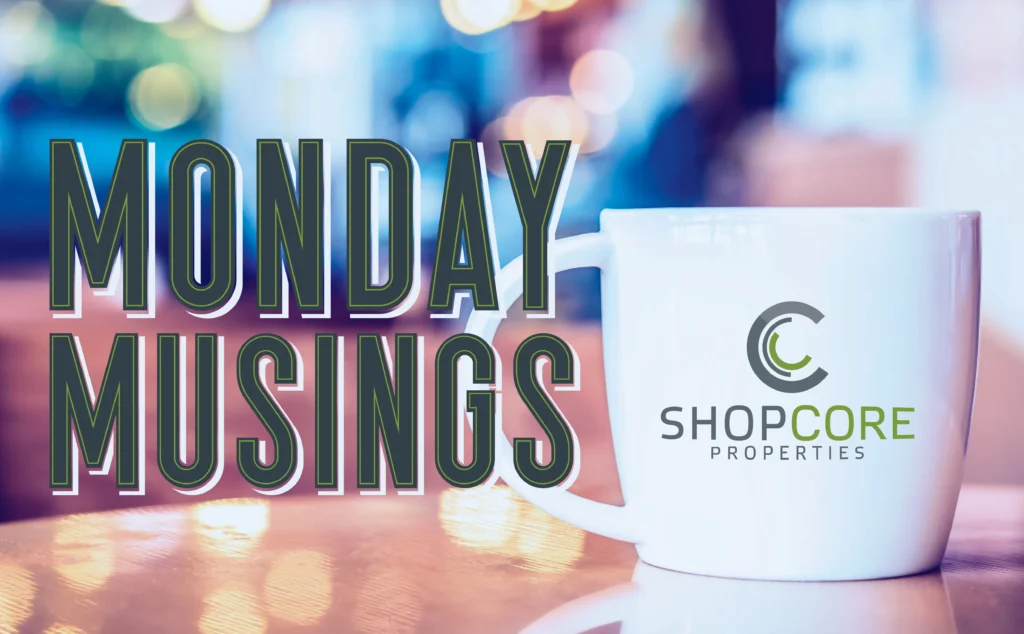Changes Big & Small

Change. If there was a word to define 2020, this one is near the top of the list. There has been a change in beliefs. Change in how we work. Change in how we gather. Change in how we express ourselves. Change in how often we (not naming names) wash our hands. For many of us, we can barely remember 2020 when we were not in a constant state of change.
What I find most interesting about change is not necessarily the little shifts like those listed above. I’m sure we all will never forget how 2020 reconstructed the word “Zoom” or how having a drink in your home now qualifies as happy hour. What is truly telling are the trends caused by these little shifts. This is not limited to 2020 – think back five, ten, or even 25 years ago. What were the overarching trends that defined those times? And what were the little changes that caused them?
You can apply this rationale to nearly anything that affects your everyday life. For me, it would be the world of Ancillary Income. In 2018, I began in the industry fresh out of college and with little real estate experience. What was the first trend I noticed about Ancillary Income? For starters, it encompassed a lot of different revenue streams. After starting at ShopCore, I had a new appreciation for donation bins, directory signs, and ATMs (as I’m sure all post-grad, twenty-somethings do). But without industry experience, I wasn’t observing the changes happening around me – I was still taking in as much as I could.
That’s where 2019 comes in – the year defined by the phrase pop-up (with bonus points if you could add an experiential concept to it). Suddenly, Ancillary Income’s modest “temporary leasing” rhetoric was replaced by the far more exciting “Pop-Up,” a phrase that came to mean any and everything happening temporarily at a property. Pop-up events, salons, classes, contests, sales – there was no limit. Although the definition was a bit flawed, it spread great awareness about temporary leasing to those previously unfamiliar. It allowed ShopCore’s Ancillary Income team to launch the MyShop Pop-Up Program, which focuses on leasing inline space on a temporary basis to small business owners and entrepreneurs. After installing MyShop signage at some of our properties that year, we received hundreds of phone calls from eager individuals and still see the program’s size growing today through new mediums like social media and direct mailers.
The trend of experiential concepts only heightened 2019’s pop-up craze. Groups like the Museum of Ice Cream, Candytopia, and countless others exploded in popularity and subsequently dominated the Ancillary Income news cycle. The world was becoming more and more familiar with the concept of temporary leasing through these pop-up installations, one Instagram photo at a time.
Unsurprisingly, 2020 decimated the experiential trend in Ancillary Income. Short-term leasing took a nosedive during the pandemic, which is now gradually back on an upward trend. When businesses re-emerged, they were not interested in hosting Instagram photoshoots. Rather, they wanted the flexibility and lower costs that temporary leasing provided. Traditional long-term tenants—from Dick’s Sporting Goods to Best Buy, to REI, and so many more—launched their own pop-up concepts. Nervous local tenants approached us with interest in testing out shorter agreements before committing to a long-term deal. Repeat tenants asked for shorter terms and reduced rent. Although 2020 still has a few months left to live, it is safe to say Ancillary Income is now defined by caution.
With all of this said, what story do the little changes tell for your industry? If 2020 has taught us anything, the future is often very difficult to predict. However, when we look back to the trends that have defined our industries over the past several years, it is a little easier to adapt knowing we are in a constant state of change.
Written by Emily Wilbar – Leasing Associate, Ancillary Income